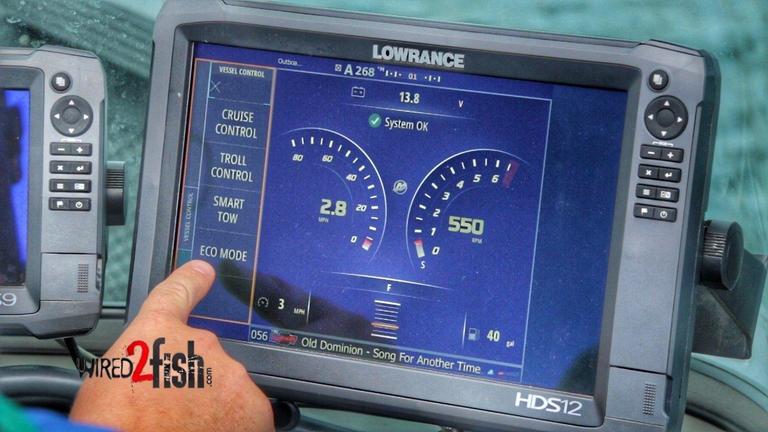


Battery-powered operation allows a novice user to save readings for experts to analyze later, off the boat. They're much faster and easier to use on skinny wires than a conventional crimp and shrink connector, and with a dab of waterproof gel and some strain relief might hold up as long. N2KMeter provides the detailed technical information an NMEA 2000® troubleshooting expert needs, yet it simplifies and summarizes, allowing an NMEA 2000® novice to effectively identify and diagnose network problems. They probably make the ABYC cringe, but I felt like that two-piece collar and cone design really clamped down on the twisted fine gauge wires (note that the packaging specifies use for 18-26 gauge, though the shop online listing says 20-24). The Posi-Lock company also makes Posi-Tite waterproof inline connectors - which were suggested when I revealed my infatuation with Scotch-Loks, especially for splicing thin wires - but the Posi-Twist is more like a much-improved wire nut. But as a testing bonus, I got to try the gray Posi-Twist wire connectors seen below. As an example of how the recorded data might be used, consider an NMEA 2000 fuel flow monitor plugged into the network, which will provide a complete record of. In fact, even the small scale Power Analyzer declines to measure tenths of a watt, which is why I used the amperage figures (while trying to keep the voltage steady at about 12.4). Please note that this is not a definitive test of display efficiency I don't have any way of measuring comparative screen brightness levels - though they all look good - and the power increments are so small that accuracy is dubious. That's why Garmin came up with the GNX series, though for many boaters all those relatively low amperage readings are good news. In other words, a sailor can watch a monochrome screen all day for about 0.04 amps an hour, while a similar size color screen might need 90% brightness using twice the power. In my fairly well-lit lab, the color screens became unreadable somewhere below 50% brightness, but I could not detect the backlighting on the IS20 screen at all. What doesn't show in the table, though, is the huge difference between all the color screens and the Simrad IS20 representing monochrome technology. Interestingly, it made no power draw difference to invert colors - all that bright white to black - or to use red themed night colors. It's great that marine screens have gotten so bright and readable, but if you're sailing or at anchor, it's power smart to keep displays turned down a notch or two. I've seen similar results with large, individually-powered multifunction displays, though of course, the amperage saving increment is larger. As you'll see in the results table below, all of the displays use significantly less power at slightly less than maximum brightness with power savings declining to almost zero as you dim them way down. The Maretron only has 3 brightness levels, the Garmin GMI20 is unique for 5% increments, and I took an educated stab at balancing the Furuno RD33's separate screen and keypad backlight (you only need help seeing the keys when the screen is quite dim). I got into this testing, trying all the NMEA 2000 displays above at almost every brightness level they offer.


 0 kommentar(er)
0 kommentar(er)
